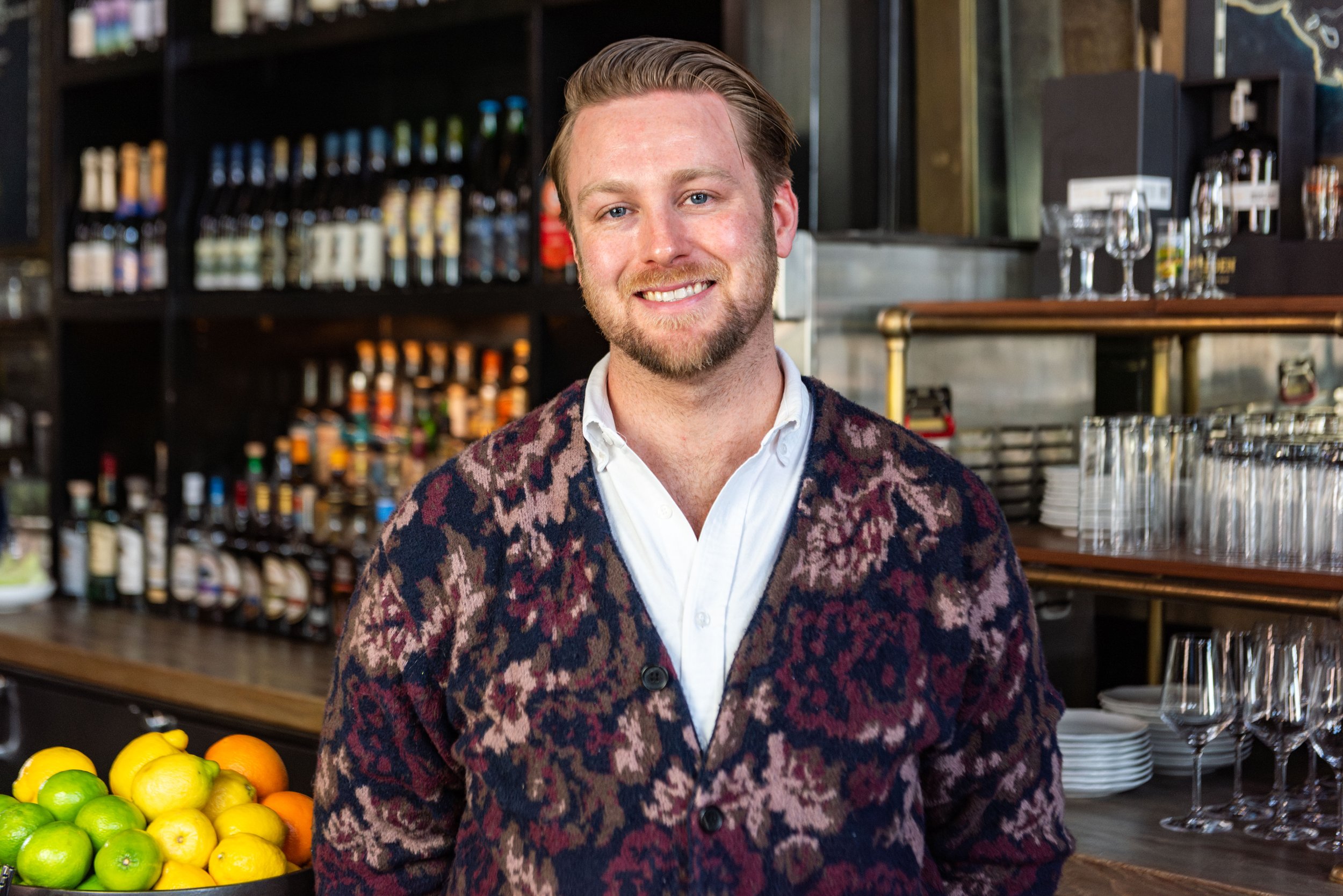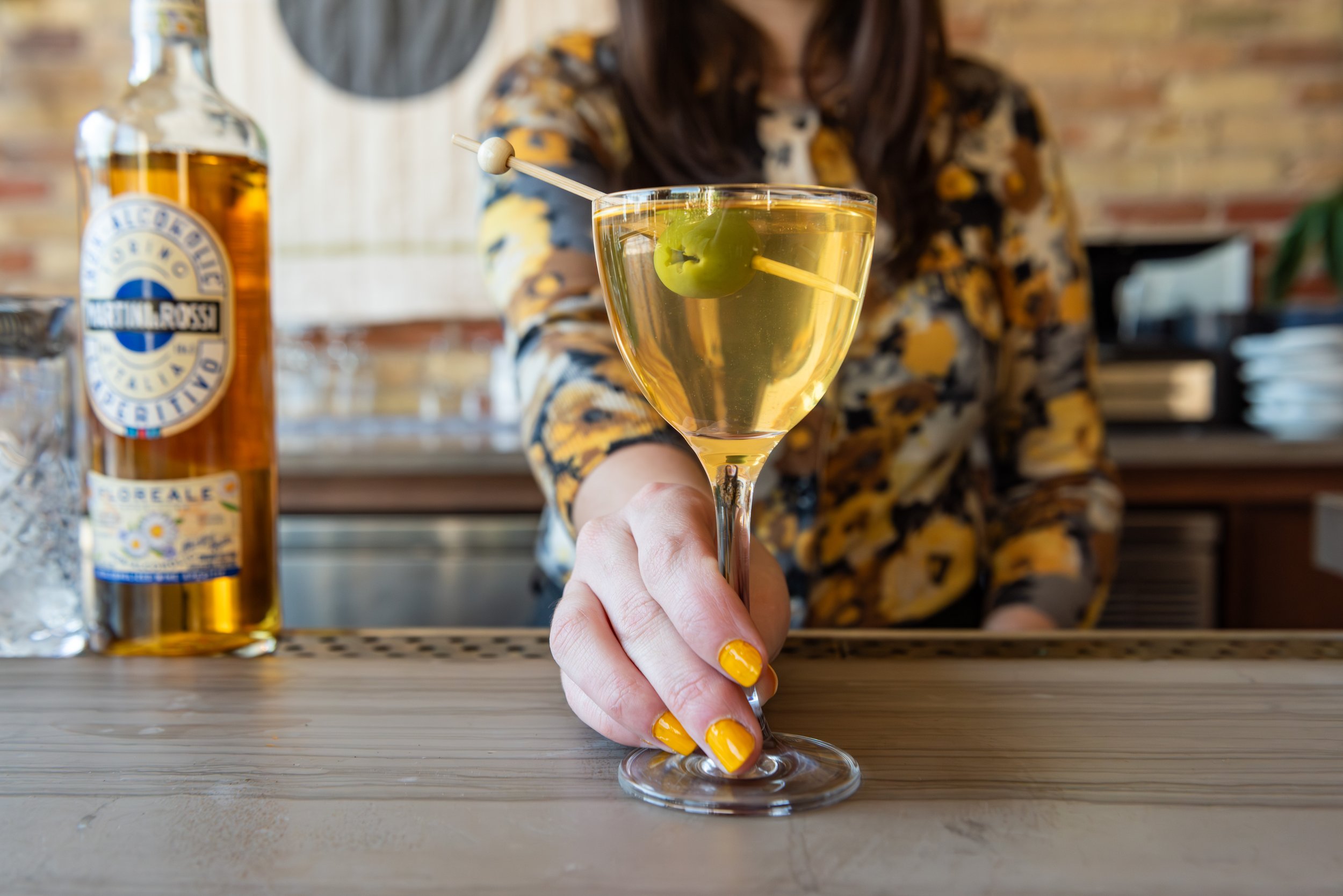The Spirit of Charleston
The history of rum runs deep in the Holy City and Bartender Christian Favier wants to celebrate it.
Photo: Will Blunt
When you think of the quintessential Southern spirit, you might think of bourbon. But, rum was a staple of the South, and Charleston specifically, for over 100 years before the whiskey craze took hold. For Christian Favier, rum, and the history behind it, has been a point of fascination for years. “Rum is more about culture than commodity—more than other spirits—and that's something I’ve been able to connect with,” he says.
Rum was first made in Barbados in the early 1600s; an accidental discovery that came from leaving leftover molasses from the sugar cane refinement process to ferment. “England took Barbados in 1625,” explains Favier. “The first wave of settlers built an industry and a place of commerce there.” Relying heavily on the backbreaking labor done primarily by African slaves,
production and trade grew exponentially. “But, the third and fourth wavers kept coming. There was nothing left for them to claim.” Looking for new land and resources, white Barbadians founded Charleston in 1670. “The growing Caribbean culture of the native Taíno people and English colonizers influenced Charleston more than British culture. The first 5,000 people [in Charleston] were all coming from Barbados, and a large number of those people had only known Barbados.”
Charleston’s ties to Barbados naturally impacted their commerce. “Rum production in Barbados was directly tied to Charleston. For hundreds of years, when rum came to America, it was coming to Charleston first.” Rum was central to Charleston’s drinking culture, and the spirit became a popular drink in the city. The influx of Barbadians also had a substantial influence on
Charleston’s development and identity, which can be seen in the city’s colorful architecture on Rainbow Row.
Rum has played an integral role in the creation of Charleston, and Favier has made it his mission to educate and celebrate the spirit’s overlooked impact and history. “There’s so much variation in rum. We’re living in a cool time for drinking, because your average consumer is more curious and more willing to try something new than ever before. [My team] has taken it upon ourselves to initiate that conversation, and to make sure we're extremely knowledgeable and can guide them.”






